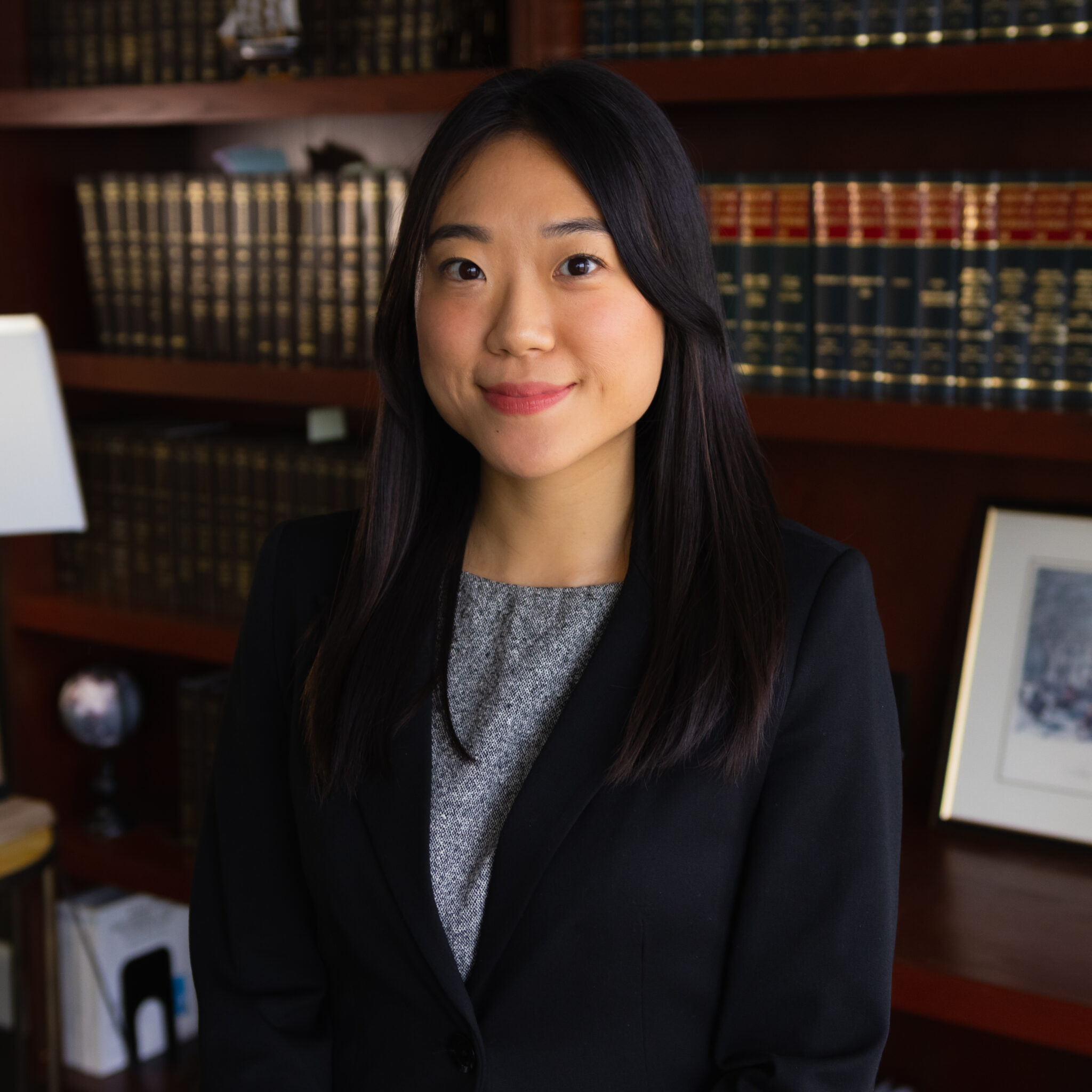
Unlike other forms of debt, student loans are automatically excluded from discharge under the U.S. Bankruptcy Code. This means in order to discharge student loan debt, a debtor must formally request a student loan discharge through an adversary action filed in bankruptcy court pursuant to 11. U.S.C. § 523(a)(8) which requires debtors to demonstrate an undue hardship that prevents debtor from repaying student loan debt. An interesting wrinkle with Chapter 7 bankruptcy debtors is that they can file an adversary action to discharge student loans after they have already received a Chapter 7 discharge. See 11 U.S.C. §§ 350(b), 523(a)(8), Fed. R. Bankr. P. 4007(b), 5010. Bankruptcy courts allow post-discharge adversaries for student loan debt due to the quick deadlines imposed in Chapter 7 proceedings for meetings of creditors. In most Chapter 7 cases, a debtor will receive a discharge unless a creditor objects within 60 days from the date the meeting of creditors was scheduled. See 11 U.S.C. § 341(a); Fed. R. Bankr. P. 2003(a), 4004.
Though encouraging, having the ability to file a student loan adversary post-discharge means nothing if a debtor is unable to provide proof of “undue hardship,” which must be proven by a preponderance of the evidence. Debtors who filed a Chapter 7 bankruptcy with a District of Kansas bankruptcy court must satisfy the Brunner “undue hardship” test which requires proof that (1) debtor cannot maintain, based on current income and expenses, a minimal standard of living for herself or her dependents if forced to repay student loans, (2) debtor’s state of affairs is likely to persist for a significant portion of the repayment period for debtor’s student loans, and (3) debtor has made a good faith effort to repay her student loans. See e.g. Educ. Credit Mgmt. Corp. v. Polleys (In re Polleys), 356 F.3d 1302, 1309 (10th Cir. 2004). Debtors that filed a Chapter 7 bankruptcy with a federal court in Missouri must satisfy the 8th Circuit’s “totality of the circumstances” test which requires courts to examine the following factors: (1) debtor’s past, present, and reasonably reliable future financial resources, (2) the reasonably necessary living expenses of a debtor and his dependents, and (3) any other unique circumstances or relevant facts that shed light on debtor’s ability to repay student loan debts. See e.g. Long v. Educ. Credit Mgmt. Corp. (In re Long), 322 F.3d 549 (8th Cir. 2003). Regardless of which test is employed, the key to remember is former Chapter 7 debtors are eligible to pursue student loan adversaries post-discharge. That’s great peace of mind considering the potential for life-changing events following a Chapter 7 discharge that can significantly affect a debtor’s ability to pay off student loan debt and enjoy a minimal standard of living.
 Book an
Book an Email
Email Directions
Directions







